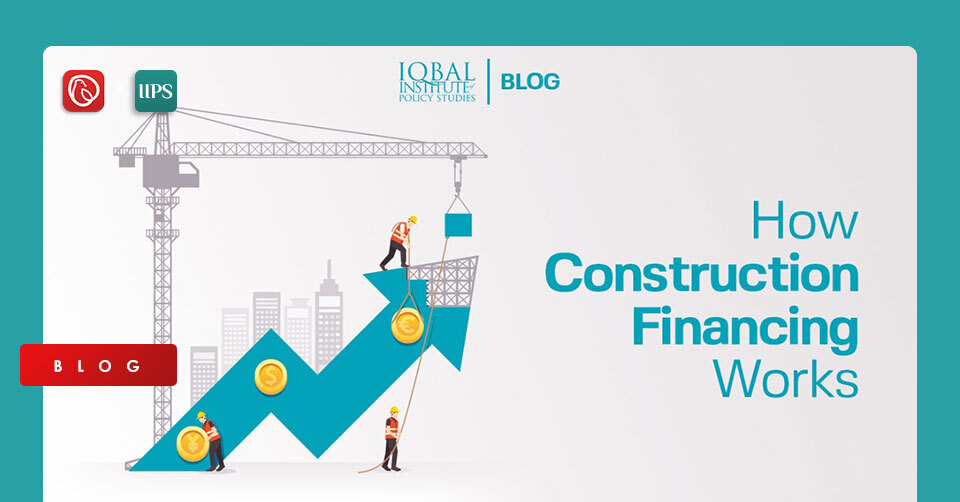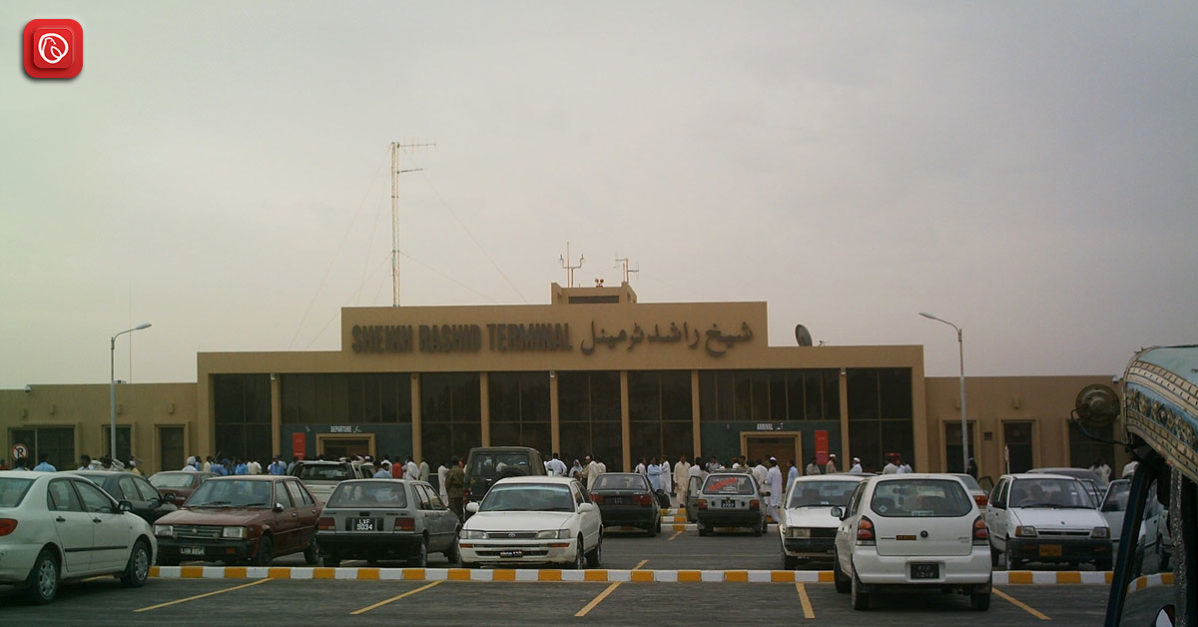Introduction
Pakistan’s real estate industry has seen a rebound in the past several months due to the government’s multiple incentives and regulatory measures. The real estate sector is essential for an emerging economy as it has forward and backward linkages with more than 40 allied sectors. The housing and construction sector is the main driver for real estate activity. With the recent surge in demand for construction projects, the raw material cost has risen sharply, making construction difficult for developers and construction companies. Therefore, the subsequent construction activity has also been restricted, and people are investing more in buying plots than carrying our real estate development. The State Bank of Pakistan (SBP) has recently announced that financing for under-construction projects will also be provided by commercial banks, a first in Pakistan’s real estate history. Continue reading to understand the difference between housing and construction finance and the role of main players and stakeholders in the segment.
Understanding Construction and Housing Finance
Most people are not familiar with under-construction projects, or more commonly known as construction finance. The popular approach for banks remains to finance built properties on mortgages extending over multiple years. However, with booming demand for construction in the real estate sector of Pakistan, the State Bank of Pakistan (SBP) has finally devised mechanisms for commercial banks to provide loans to under-construction projects. Under the new guidelines, horizontal and vertical development projects are covered, whereas the construction of high-rises will mainly benefit from the move. This means that purchasers of property in high-rise projects will get units at a lower cost. Banks will ensure strong monitoring of the project and facilitate the timely completion of the project. Purchasers will have fewer maintenance costs in the initial years (Khalil, 2021).
A builder or developer can source funding for construction through diverse resources. The first source can be the builders’ equity, which can be used to buy land and get the necessary approvals before starting the actual construction. The second source comes from pre-selling project units to buyers on a complete payment, instalments, or mortgage basis. This is an essential part of obtaining construction finance as banks consider the loan-to-cost ratio for each project. As banks will not finance the entire construction cost of any project, having a significant number of units sold assures the bank that the developer has enough equity to start and maintain construction. The third source can be from a construction lender looking at the maximum number of pre-sold units, the loan to cost ratio, and if the project can be completed with the amount of loan demanded by the developer. Once the maximum loan amount has been determined, the financing is only released after the developer’s equity and units’ selling resources are used up. If there is a shortfall in capital in the future, the developer will have to arrange additional personal equity (Building and Construction CSI Specifications, 2021).
Why Construction Financing Important for Developing Real Estate Projects
The development and construction of high-rise buildings incur many costs and involve various stakeholders over time. Even before laying a single brick on the ground, there are many hidden costs, from acquiring land to getting the necessary approvals from regulatory authorities. Furthermore, construction is a complex multi-stage process that does not only cover the brick and mortar aspect of a building, but modern standards for high-rise buildings also require the deployment of multiple technologies and professionals from various fields for successful completion of each project. This means that costs always remain variable and high. Developers are not well equipped to bear these costs on their own and usually have to pre-sell multiple units of their projects to gather the necessary resources for completing construction. However, not every investor chooses to buy an unfinished unit on complete payment. A large majority of people invest on an installment basis or buy on mortgages. This means that the developer does not get his required funding as quickly as possible, and most construction projects stall in later stages. If the developer cannot sell enough units or is facing other regulatory obstacles, it is also possible that he abandons the project in an incomplete state. Therefore, if, at this point, the developer is helped by construction lending institutes to complete their project, the building and construction sector are likely to experience a strong boost in activity and growth (Chileshe & Haupt, 2005).
Main Stakeholders of Construction Financing and their Roles
The three main stakeholders in the construction finance sector of Pakistan are commercial banks, the real estate regulatory authority, and the State Bank of Pakistan (SBP). The commercial banks or lenders design policies and risk assessment criteria for construction projects and criteria for assessing construction progress and builder’s financial capacity. A construction project’s success is based on multiple factors such as the environment, marketability, cost, risk of increase in material and labour cost, size of the market, and approvals from regulatory authorities. It is the job of these financial institutions to gauge the impact of all these factors in any specific case. In terms of a real estate regulatory authority, each province must develop its own as the Federal government will not have jurisdiction in provincial matters. The task of RERA is similar to that of a consumer protection agency that ensures transparency and safeguards for purchasers. Lastly, the State Bank of Pakistan must provide effective and broad guidelines to commercial banks to prevent excess risk on their portfolios. This is ultimately damaging the market in the long run (Global Village Space, 2021).
Conclusion
Realising the importance of the housing and construction sector in developing the economy in any country, the State Bank of Pakistan has allowed the financing of under-construction projects for vertical and horizontal real estate development projects. The financing of a construction project depends on the personal equity of the developer and the amount of pre-sold units in a project. If the developer is able to provide enough loan-to-cost ratio, and the banks deem it possible for the project to be completed in the demanded loan, construction finance will be given. The process also ensures timely delivery of construction projects as no payments will be disbursed before completing previously defined stages in a project.




